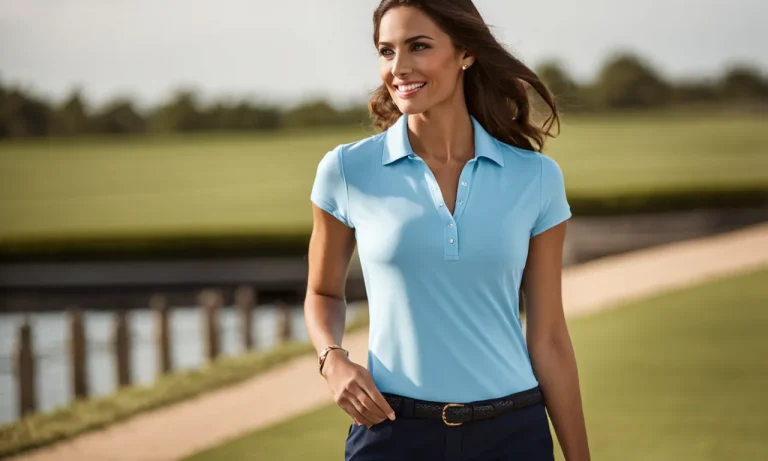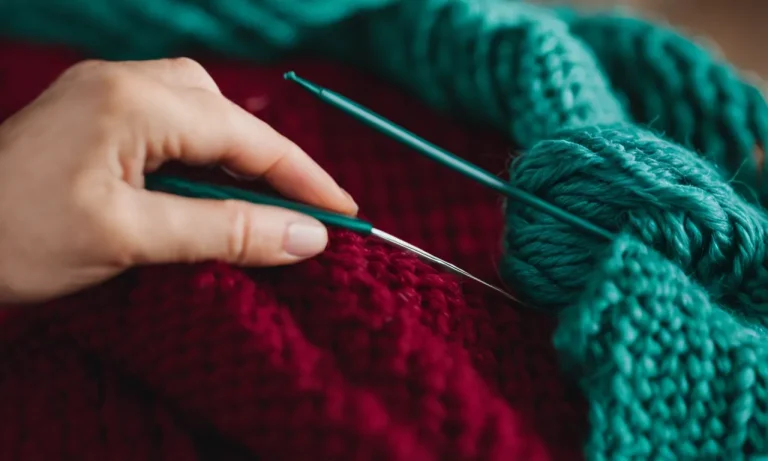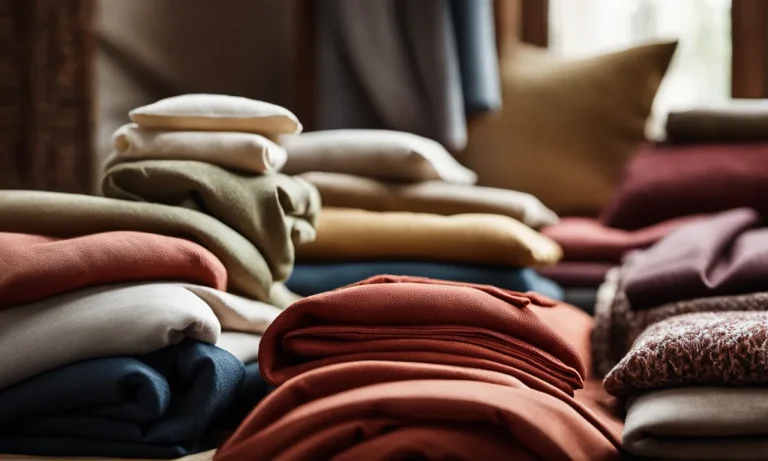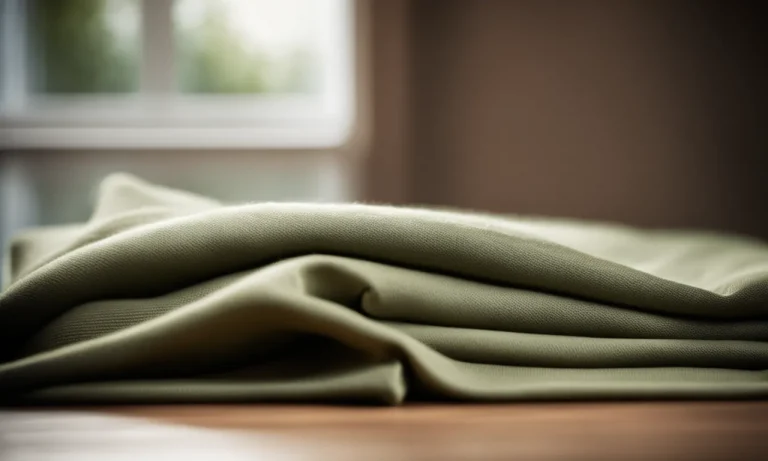Are Sewing Machine Needles Universal? A Detailed Look
Sewing is an essential skill that allows us to mend and create clothing and other textile items. Having the right sewing machine needle for your project is key to achieving optimal results. But with so many types and sizes of sewing machine needles available, an important question arises – are sewing machine needles universal?
Can you use any needle on any sewing machine?
If you’re short on time, here’s a quick answer to your question: Sewing machine needles are not universally interchangeable. The size and type of needle must properly match the sewing machine model, fabric type, and thread being used.
Using the wrong needle can damage the machine or fabric and produce poor stitching.
The Basics of Sewing Machine Needles
When it comes to sewing, the needle is an essential component of a sewing machine. While many people may assume that sewing machine needles are universal, this is not entirely true. There are various factors to consider when selecting the right needle for your sewing project.
Understanding the basics of sewing machine needles will not only improve the quality of your stitching but also extend the life of your machine.
Needle Sizes
One of the most important aspects of sewing machine needles is their size. Needles come in various sizes, indicated by numbers such as 80/12 or 90/14. The first number indicates the European metric size, while the second number represents the American size.
The size of the needle determines the thickness of the fabric it can sew effectively. Smaller needles are suitable for lightweight fabrics, while larger needles are better for heavier materials. Using the wrong size needle can result in skipped stitches or damage to the fabric.
Needle Types – Sharp, Ballpoint, Stretch, Leather
Sewing machine needles also come in different types, each designed for specific fabric types and sewing techniques. The most common types of needles include:
- Sharp Needles: These needles have a sharp point and are ideal for woven fabrics like cotton or linen.
- Ballpoint Needles: These needles have a rounded tip, making them suitable for knit fabrics as they prevent the needle from damaging or breaking the fabric fibers.
- Stretch Needles: These needles have a medium ballpoint and are designed specifically for stretchy fabrics like spandex or jersey.
- Leather Needles: These needles have a wedge-shaped point and are specifically designed for sewing leather or other heavy-duty materials.
Choosing the Proper Needle
It is essential to choose the proper needle for your sewing project to achieve optimal results. Consider the fabric you are working with, the type of stitch you will be using, and the thickness of the fabric.
Additionally, take note of the needle size recommended for your specific sewing machine model. Consulting your machine’s manual or seeking advice from sewing experts can help ensure you select the right needle for your needs.
Remember, using the correct needle can make a significant difference in the outcome of your sewing project. It will not only improve the quality of your stitching but also help prevent any potential damage to your fabric or machine.
So, the next time you sit down to sew, take a moment to consider the basics of sewing machine needles and choose the right one for your project!
Machine and Needle Compatibility
When it comes to sewing machine needles, one common question that arises is whether they are universal or not. The answer to this question depends on the type of sewing machine you have. Different machines require different types of needles to ensure optimal performance and stitch quality.
Domestic Sewing Machines
For domestic sewing machines, the compatibility of needles can vary based on the brand and model. While some domestic machines may have a universal needle system, where you can use a variety of needle types, others may require specific needle sizes and types.
It is essential to consult your machine’s manual or contact the manufacturer to determine the correct needles for your specific machine.
For example, if you have a Brother sewing machine, you may find that it requires needles with a flat shank, while a Singer machine may require needles with a round shank. Using the wrong type of needle can result in skipped stitches, thread breakage, or even damage to your machine.
Industrial Sewing Machines
Industrial sewing machines, which are commonly used in factories and professional garment production, often have their own specific needle systems. These machines are designed for heavy-duty use and require specialized needles to handle thick fabrics and intense sewing tasks.
Industrial machines typically have a needle system that is specific to the machine brand and model. It is crucial to use the recommended needles for optimal performance and stitch quality. Using the wrong needles can lead to poor stitch formation and potential damage to the machine.
Overlock Machines
Overlock machines, also known as sergers, have their own unique needle requirements. These machines use multiple needles to create professional-looking finishes on the edges of fabric. The needles used in overlock machines are often different from those used in regular sewing machines.
Overlock needles are designed to work in conjunction with the machine’s loopers and knives to trim and encase fabric edges simultaneously. It is important to use the correct needle type and size specified by the machine manufacturer to achieve the desired results.
Matching Fabric and Thread to Needles
When it comes to sewing, one of the most important aspects to consider is matching the right fabric and thread to the appropriate needle. While sewing machine needles may seem universal, using the wrong needle for a particular fabric can lead to a host of issues such as skipped stitches, thread breakage, or even damage to the fabric itself.
To ensure successful sewing projects, it’s crucial to understand the different types of needles available and how they correspond to specific fabrics and threads.
Woven Fabrics
Woven fabrics, such as cotton, linen, or silk, are characterized by their interlaced vertical and horizontal threads. When working with woven fabrics, it is recommended to use a universal or sharp needle.
These needles have a fine, pointed tip that easily penetrates the fabric, resulting in clean and precise stitches. A needle size ranging from 70/10 to 90/14 is generally suitable for most woven fabrics.
If you’re working with lightweight or delicate fabrics, consider using a smaller needle size to prevent any potential damage.
Knit Fabrics
Knit fabrics, like jersey or spandex, are stretchy and require a different type of needle compared to woven fabrics. Ballpoint or stretch needles are specifically designed for knit fabrics. These needles have a rounded tip that glides between the fabric’s loops without piercing or damaging the threads.
The rounded tip also helps prevent skipped stitches and fabric snags. For knit fabrics, a needle size ranging from 75/11 to 90/14 is commonly used, depending on the fabric’s thickness.
Natural Fibers
Natural fibers, such as cotton, linen, or wool, are derived from plants or animals. These fibers require a needle that can handle their strength and density. For natural fibers, it is recommended to use a universal or sharp needle.
These needles have a sharp, pointed tip that easily pierces through the fibers, providing clean and even stitches. A needle size ranging from 70/10 to 90/14 is generally suitable for most natural fibers.
Synthetic Fibers
Synthetic fibers, like polyester, nylon, or rayon, are man-made and often have different characteristics compared to natural fibers. When sewing with synthetic fabrics, it is best to use a ballpoint or universal needle.
The ballpoint needle’s rounded tip allows it to slide between the synthetic fibers without piercing or snagging them. This helps maintain the fabric’s integrity and prevents any potential damage. A needle size ranging from 70/10 to 90/14 is commonly used for synthetic fabrics.
Remember, these recommendations serve as general guidelines, and it’s always a good idea to test the needle and thread on a scrap piece of fabric before starting your sewing project. Additionally, it’s important to consider the thickness and weight of the fabric when selecting the appropriate needle size.
By matching the right fabric and thread to the corresponding needle, you’ll ensure smooth and successful sewing projects every time.
Potential Issues from Using the Wrong Needle
Skipped Stitches
Using the wrong needle in your sewing machine can result in skipped stitches. This means that the needle fails to catch the thread properly, leading to uneven or incomplete stitches. It can be frustrating to see your beautiful fabric project ruined by these unsightly gaps.
Skipped stitches are more likely to occur if the needle is too small or too large for the fabric you are working with. To avoid this issue, always ensure that you are using the correct needle size and type for the fabric you are sewing.
Broken Needles
Another potential issue from using the wrong needle is the risk of broken needles. Different fabrics require different needle strengths to penetrate them effectively. If you use a needle that is too weak for the fabric you are working with, it may break under the pressure.
This not only interrupts your sewing process but can also be dangerous, as broken needles can fly off at high speeds. To prevent broken needles, make sure to choose a needle that is appropriate for the fabric’s thickness and density.
Snapped Thread
Using the wrong needle can also lead to snapped threads. When the needle is not suited to the fabric, it can put extra strain on the thread as it passes through. This can cause the thread to break, resulting in a frustrating and time-consuming interruption to your sewing project.
To avoid snapped threads, ensure that you are using a needle that is compatible with the thread weight and type you are using.
Damaged Fabric
Using the wrong needle can cause damage to your fabric. For example, if you use a needle that is too large for delicate fabrics, it can leave visible holes or tears. On the other hand, using a needle that is too small for heavy-duty fabrics can result in puckering or fabric distortion.
To protect your fabric and achieve the best results, always match the needle size and type to the fabric you are using.
When Universal Needles Can Be Used
Universal sewing machine needles are a versatile option that can be used for a wide range of fabrics. While they may not be suitable for every sewing project, they are a great choice for many common fabrics. Here are a few situations where universal needles can be used:
Medium Weight Woven Fabrics
Universal needles are ideal for medium weight woven fabrics such as cotton twill, poplin, and broadcloth. These fabrics are commonly used for garments like shirts, dresses, and pants. The sharp point of the needle allows it to easily penetrate the fabric without causing any damage, resulting in clean and precise stitches.
Whether you are working on a sewing project for yourself or a loved one, using a universal needle can ensure that your stitches are strong and secure. It is always a good idea to test the needle on a scrap piece of fabric before starting your project to ensure that it is the right fit.
Natural Fibers Like Cotton and Linen
Universal needles are also suitable for sewing natural fibers like cotton and linen. These fabrics are commonly used for making clothing, home decor items, and accessories. The smooth and sharp tip of the universal needle ensures that it glides through these fabrics effortlessly, resulting in neat and professional-looking stitches.
When working with natural fibers, it is important to choose the right needle size based on the thickness of the fabric. The size of the needle is indicated by a number on the packaging, with smaller numbers indicating thinner needles and larger numbers indicating thicker needles.
By selecting the appropriate needle size, you can achieve optimal results and avoid any fabric damage.
It is worth noting that while universal needles can be used for a variety of fabrics, they may not be the best choice for more delicate or specialized fabrics such as silk or leather. In such cases, it is recommended to use needles specifically designed for these materials to ensure the best possible outcome.
For more information on sewing machine needles and their applications, you can visit www.sewing.com, a reputable website that provides detailed guides and resources for sewing enthusiasts. Remember, using the right needle for your fabric can make a significant difference in the quality and durability of your sewing projects.
Conclusion
In summary, sewing machine needles are designed and sized for specific purposes and are not universally interchangeable in most cases. However, there are some instances where a medium universal needle may work across a range of fabrics.
To produce the best results and avoid damaging your machine or ruining projects, it’s important to select needles suited to your specific machine, fabric, and thread.
By understanding sewing needle basics and following the recommendations for your machine, you’ll be equipped to choose the right needle for any sewing project.







